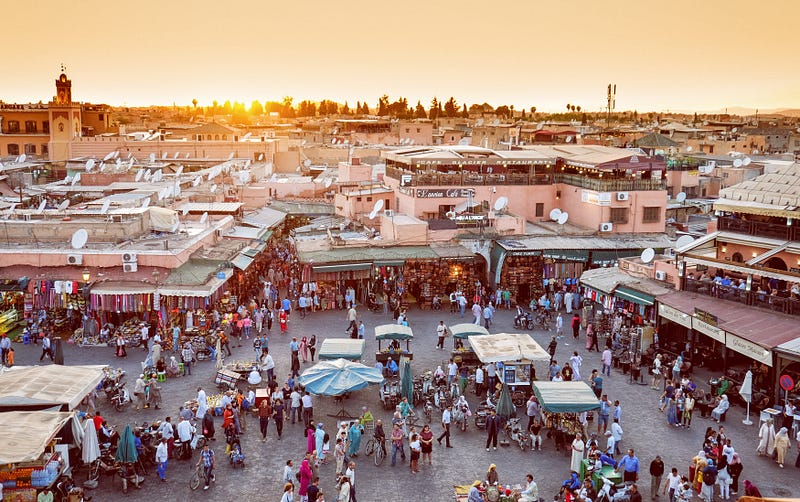A Discussion of Bourgeois Equality Chapter 37 “For Instance, Holland Was Tolerant, and Not for Prudence Only”
In this chapter, Dr. McCloskey is wrapping up her discussion of the Dutch embrace of the bourgeois virtues by focusing on what impact it had on their relatively higher level of tolerance.
To get an understanding of what she means by saying they were relatively more tolerant, she offers this fact.
The Dutch stopped burning heretics and witches in the 1590s, early by European standards. The last burning of a Dutch witch was 1595, in Utrecht, an amusement which much of the rest of Europe — and Massachusetts, too — would not abandon for another century. Some forty thousand witches died in Europe, 1400 to 1800. (p. 345)
So keep that in mind while she discusses the high degree of tolerance of the Dutch that she is comparing them to the other people of that time. And with that qualification, she asserts the Dutch established some extremely tolerant policies.
In 1579, the Union of Utrecht is signed, the founding document of the Dutch Republic. It included a promise of religious freedom: that a person is free in his religion and shall not be “investigated or persecuted” due to their religion. (p. 345)
Now McCloskey does note they may not have completely lived up to this ideal, but at least they were holding up this high level of tolerance as a goal.
They did struggle to treat the Jewish people equally, so they decided to leave their treatment up to each city. However, by 1657, the Dutch Jews “became actual, full-rights subjects of the Republic.” (p. 346)
McCloskey notes one location that implemented toleration before the Dutch, Hungarian Transylvania based on the idea that “faith is a gift from God.” (p 346) McCloskey notes this is because their nobility had a variety of faiths.
France also made an attempt at toleration in 1598 with the Edict of Nantes, not long after the Dutch Republic was founded. It put an end to the fighting between the Protestants and Catholics.
However, it was short-lived. By 1685, the Edict was revoked and toleration of the Protestants ended. (p. 346)
One last spot of tolerance McCloskey mentions for that time period is Poland. They were influenced by Erasmus just like the Dutch, as explained the last chapter.
While Poland declared religious liberty in 1573, by 1611 a new King insisted on Catholicism dominating, which became official policy by 1632. (p. 347)
Religious tolerance in the Netherlands, however, held on. But again, in a relative sense.
I didn’t say that the Netherlands in 1620 was as tolerant as it is now. I said it was more tolerant than other places in Europe at the time. The first large bourgeois society was virtuous by the standard of an intolerant Europe. (p. 355)
Conclusion
How did we get to the libertine Amsterdam that comes to mind for many people if Holland is mentioned today?
McCloskey says they are surprised themselves. While religious tolerance was established early on, the reality is much of their society was conformed to the Dutch Reformed Church until the 1960s. (p. 348)
…the post-1960s anticlerical movement was more successful in the Netherlands than anywhere else. The transformation from a churchgoing, respectable society circa 1960, divided into “pillars” by religious groups and stratified by class, to the present-day freewheeling Holland has been astounding, not least to the Dutch themselves. (p. 349)
They assert that they are not really so tolerant, to which McCloskey notes, they are not making the correct comparison.
…now as in the seventeenth century, …the Dutch perhaps don’t grasp how really lacking in toleration the competition is. (p. 349)
Wrapping up this history lesson, she refutes the idea that the Dutch adopted this relatively more tolerant viewpoint for prudence alone. However, as discussed in an earlier chapter, historical events did lead to the rise of the bourgeois in Holland and thus reasons to be prudent.
But McCloskey’s argument all along is it was not just prudence that motivated them. That is a bias being projected onto them by our time which has largely devolved into thinking all are motivated by self-interest.
People are partly motivated by prudence, to be sure. But that does not imply — though many young, male economists think it does — that all human motivation must therefore by reduced to freakonomics prudence, and that a claim of motivation from temperance, justice, courage, faith, hope, and love, and their sinful opposites, is mere womanly chatter. (p. 352)
Reference: McCloskey, Deirdre Nansen, 2016. “For Instance, Holland was Tolerant, and not for Prudence Only,” Chapter 37 of Bourgeois Equality, The University of Chicago Press.




